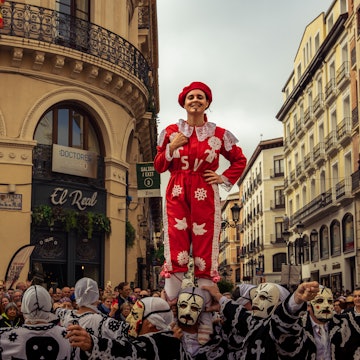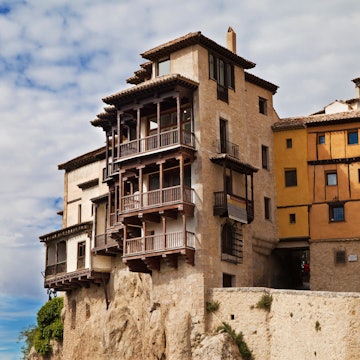
The 9 best things to do in Pisa, Italy



The world-famous marble monuments of Pisa's Piazza dei Miracoli. lkonya/Shutterstock
The medieval town of Pisa is perhaps the most famous spot in all of Italy, thanks to its legendary Leaning Tower. But this much-photographed monument is just part of a feast of historic riches that travelers often miss in the rush to visit Florence, Siena and other must-see corners of Tuscany.
If you reduce Pisa to its globally acknowledged architectural error, you risk missing out on the rich heritage of this former city-state, which once ruled over a territory stretching from Corsica and Sardinia to the Balearic Islands of Spain.
There’s much to see here beyond the marble monuments of the Piazza dei Miracoli. While the city was heavily bombed during WWII, traces of Pisa’s ancient legacy live on in the Museo Nazionale di San Matteo and the Museo delle Navi Antiche di Pisa. This is also a lively student town – travelers who stop for a night or two will find fine places to eat and drink, and a different mood once the day-trippers depart.
Whether you’re passing through or using the city as a base for exploring northern Tuscany, here are the top things to do on a trip to Pisa.

1. Ok, yes, climb the Leaning Tower…
The monumental oddity that is Pisa’s Leaning Tower (Torre Pendente) draws thousands of visitors daily, and ascending this wonky, wedding-cake-like campanile (bell tower) is certainly one of Italy’s most iconic experiences. It’s as touristy as you might expect, and visitor numbers are strictly controlled, so queues for tickets on the day can be lengthy.
Fun though it is, climbing up the 251 steps to the top of Pisa’s most famous landmark can feel a little unsettling, given that the tower looks like it’s just about to fall on its side. But the 56m-high structure has been tilting for centuries – indeed, medieval architects first realized that the tower was sinking under its own weight in 1178, five years after construction began. The tower was completed in 1370, but it was only stabilized in the late 20th century.
Planning tip: Access to the Leaning Tower is limited to 45 people at a time. To avoid disappointment, book an entry slot in advance online, or go straight to the ticket office when you arrive in Pisa to book a slot for later in the day.
2. Admire the artistry of the Duomo di Pisa
The UNESCO-listed Piazza dei Miracoli has a lot more to offer besides snapping photos of people pretending to hold up its famous tilting tower. Take a stroll through the manicured gardens to discover more precious white marble treasures.
Pisa’s thousand-year-old Romanesque cathedral, the Cattedrale di Santa Maria Assunta (Duomo di Pisa), stands as a powerful symbol of religious power. Construction of the Duomo began in 1063, celebrating a successful expedition by the Pisan navy to Sicily. With its lavish use of gray and white marble, it influenced the style of many later Tuscan churches.
As you can read by the entrance, many of the materials used for the construction of this icy-white layer-cake of a church were acquired during that journey. The elliptical dome topping the cathedral was added in 1380. Inside, don't miss the extraordinary 14th-century octagonal pulpit in the north aisle, sculpted from Carrara marble by Giovanni Pisano.
Planning tip: Before setting foot in the cathedral, study the three pairs of 16th-century bronze doors at the main entrance. Designed by artists from the Giambologna school to replace wooden originals destroyed by fire in 1596, the doors are alive with scenes from Bible stories.
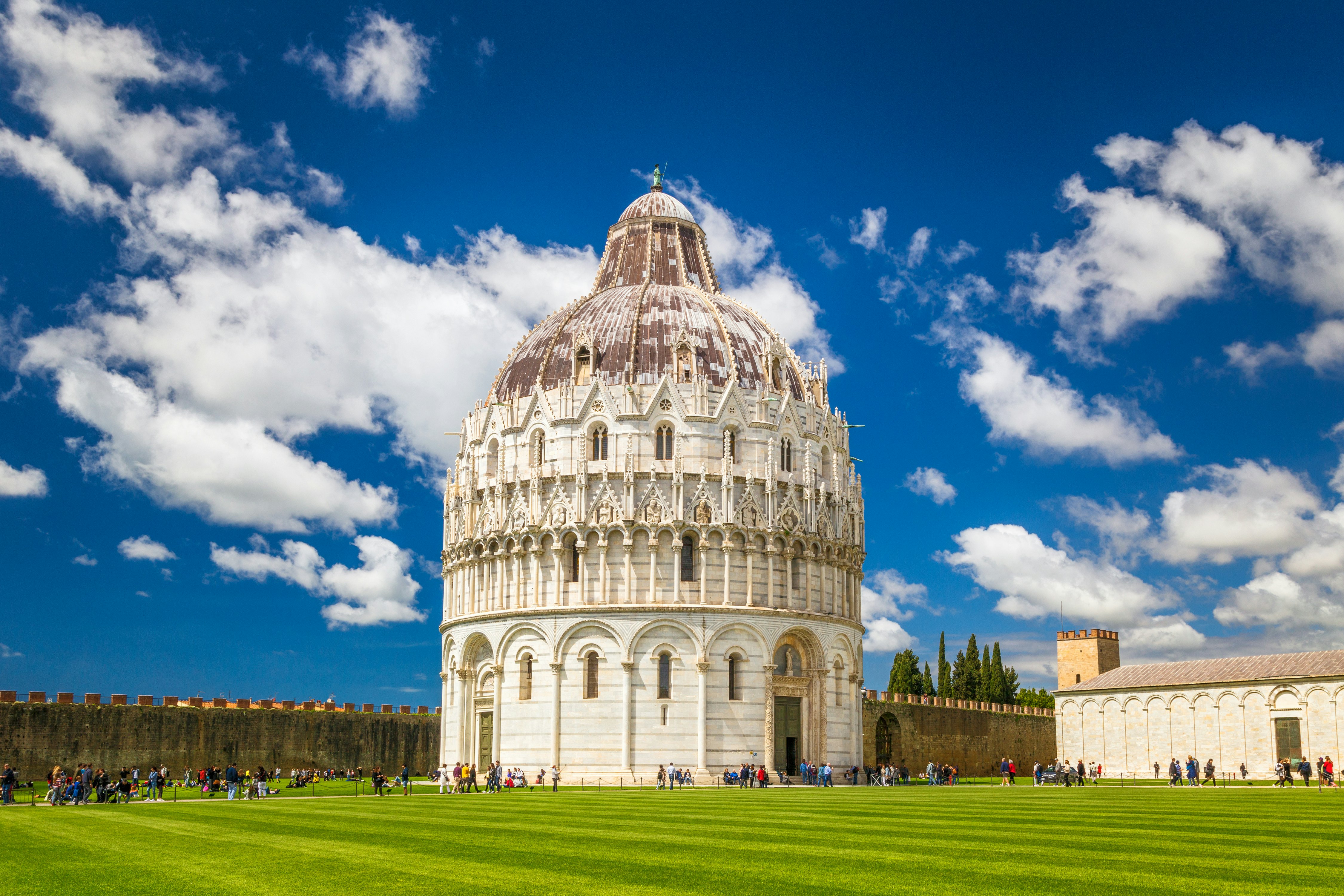
3. Listen to the acoustics in Pisa’s elegant baptistry
Behind the cathedral, Pisa's unusual round baptistry, the Battistero di San Giovanni, has one dome stacked on top of another, topped off with a gilt bronze statue of John the Baptist from 1395. It looks a little like an ice-cream sundae, crafted from terracotta tiles, lead panels and white marble.
Inside, you can view a hexagonal marble pulpit by Nicola Pisano, an octagonal font, and striking banded marble detailing. Some claim that Pisa-born Galileo Galilei was baptized here in the 1560s; the scientist reputedly discovered the rules that govern the motion of pendulums by watching a lamp swinging in Pisa's cathedral.
Planning tip: Don't leave without climbing to the Upper Gallery of the baptistry to listen to the custodian demonstrate the double dome's remarkable acoustics and echo effects.
4. View Pisa’s precious artworks
Displayed across 26 rooms in a building just east of the cathedral, the Museo dell’Opera del Duomo exhibits precious sculptures that once adorned Pisa’s Duomo. The Porta di San Ranieri, a huge bronze door sculpted by Bonanno Pisano in the 12th century, sets the tone at the entrance of the museum, with 24 intricate scenes from the New Testament.
Inside the museum, highlights include Giovanni Pisano's ivory carving of the Madonna and Child (1299), originally made for the cathedral’s high altar, and his Madonna del colloquio (from the 1250s), which originally adorned one of the cathedral gates. Almost as memorable is the museum's tranquil cloister garden and cafe, with its stunning Leaning Tower views.
Ready for more? Despite housing one of Italy’s most valuable collections of medieval art, Museo Nazionale di San Matteo doesn’t receive much attention from visitors. Swing by to view paintings and sculptures produced between the 12th and 16th centuries, including works by Masaccio, Beato Angelico, Benozzo Gozzoli, Nicola and Giovanni Pisano, Donatello and Michelozzo.
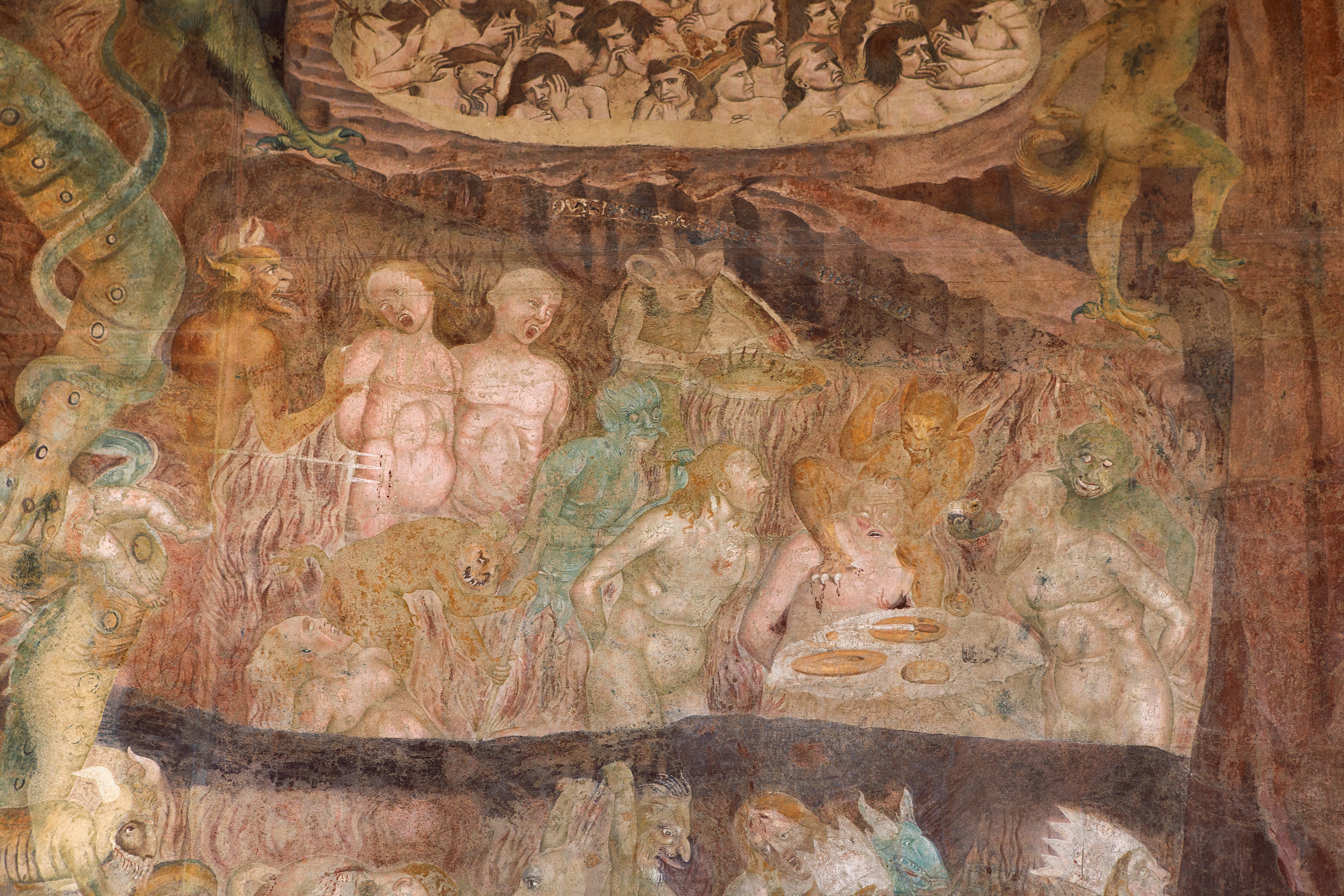
5. See artworks that survived WWII at the Camposanto
Piazza dei Miracoli’s monumental cemetery was first established in 1277 as the resting place for Pisa’s ruling classes. Its name, meaning “holy field,” is a reference to the soil reputedly taken from Calvary in Jerusalem during the Crusades and enshrined within its walls. The tombs and chapels here were adorned with invaluable artworks, sculptures and archaeological treasures until WWII, when an American grenade set the Camposanto on fire.
While some of the cemetery’s collection of ornate Graeco-Roman sarcophagi survived undamaged, many of the paintings adorning the cloister were destroyed. It was only 60 years after the end of the war that a major restoration project began. Among the works that were recovered, the most impressive is Buonamico Buffalmacco’s Il trionfo della morte (The Triumph of Death), a huge fresco depicting demons democratically attacking people from all walks of life.
Planning tip: Duck into Pisa's Museo delle Sinopie to learn about the process behind the creation of Renaissance frescoes. This fascinating museum showcases a rare collection of sinopie – preparatory sketches drawn on plaster in red pigment to guide the artist in creating the final design. Many of the unfinished works exhibited here were recovered by the Opera della Primaziale Pisana foundation during the 2009 restoration of the Camposanto.
6. Uncover Pisa’s maritime past
In 1998, while excavating an area near Pisa San Rossore train station, the municipality uncovered the well-preserved remains of eight Roman ships dating from the 3rd century BCE to the 7th century CE, alongside fragments of other ships used during the heyday of the maritime republic.
The discovery forms the core of the collection of the Museo delle Navi Antiche di Pisa, housed inside the former arsenals of the Medici rulers of Pisa. Featuring over 800 exhibits, including the remains of ancient ships and reconstructions of how the vessels looked in ancient times, the museum highlights the city’s long relationship with the sea.
Planning tip: For a break from the tourist crowds, follow the Arno River from Pisa to the seaside town of Marina di Pisa. It's a trip of around 10km, and you can walk and then return on the Line 10 bus, or take advantage of Pisa's Ciclopi bikeshare scheme.
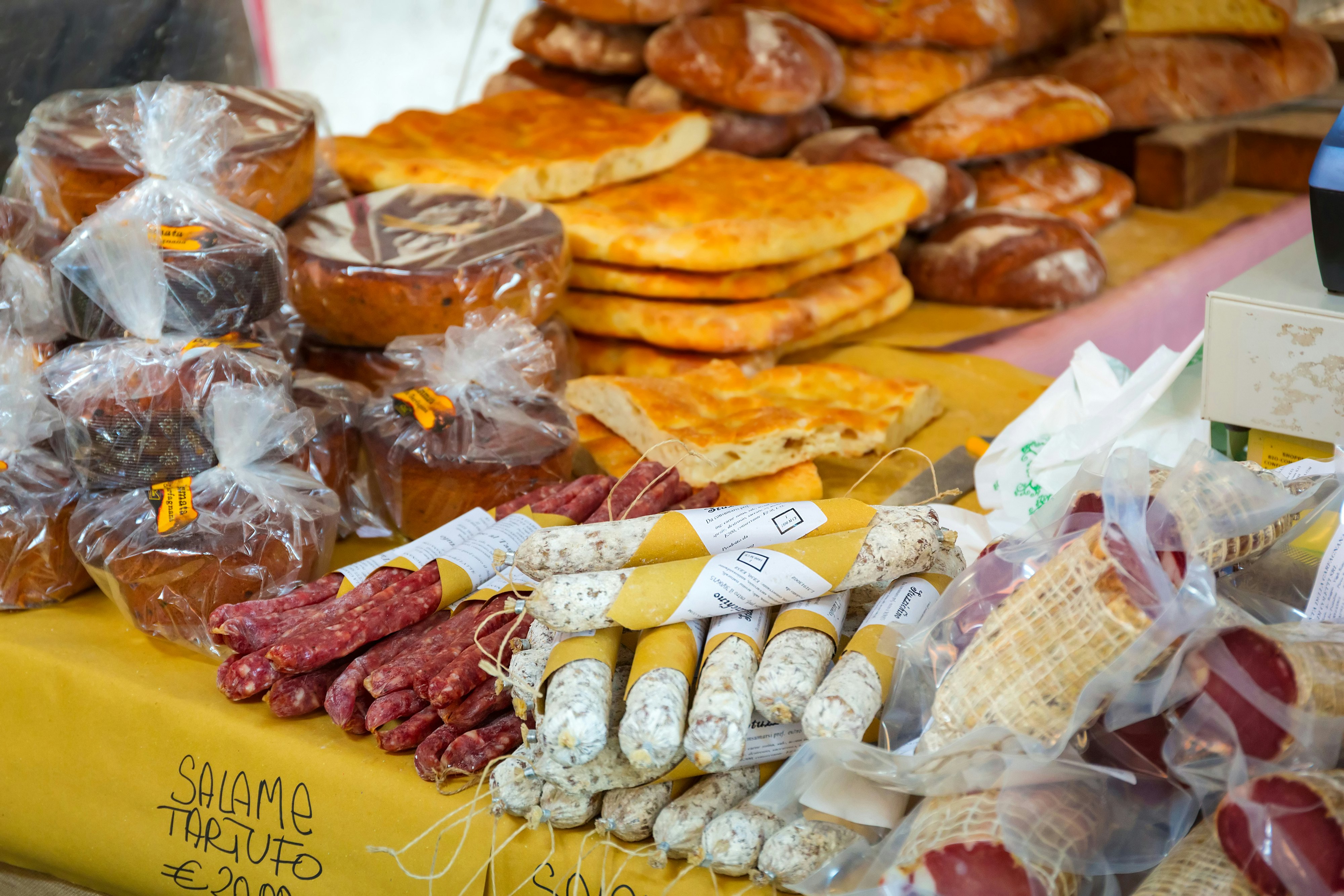
7. Eat at Pisa’s best trattorias
If you’re in Pisa for a day or two, you’ll eat well. Quality trattorias dot the streets, serving tasty Tuscan food made with fresh, local produce, and ingredients for a picnic can be picked up in the Piazza delle Vettovaglie market.
Start the taste-testing at Numeroundici, a no-reservations, no-frills kind of place serving authentic local dishes. Order at the counter, sit at a wooden table and enjoy one of the daily specials. Alternatively, walk past Piazza delle Vettovaglie's market stalls to reach Trattoria Sant’Omobono, an old-school Tuscan eatery propped up by a Corinthian column in the middle of the room.
For exquisite ravioli and a wide selection of meaty mains, head to family-run Osteria di Culegna – a safe bet for anyone looking for authentic flavors. Or try Trattoria da Stelio, a local favorite with a 60–year track record of preparing traditional Tuscan classics.
Planning tip: Local dishes to hunt down include cecina, a savory chickpea-flour pancake, and the thick cornmeal and bean soup known as bordatino alla pisana. For dessert, try the chocolate and rice tart known as torta co' bisheri.
8. Explore natural history in Calci
Nestled at the base of the mountains that rise 10km east of Pisa, the monumental Certosa di Calci complex is an unexpected wonder. Founded in 1366 by the Archbishop of Pisa, this huge charterhouse contained all the essentials for self-sufficient monastic living – a church, private chapels, a pharmacy, a refectory where monks gathered for lunch, and serene gardens spilling from a private cloister. Today, the structure houses the Museo Nazionale della Certosa Monumentale di Calci, which covers both the historic halls of the monastery and the Museum of Natural History of the University of Pisa.
Planning tip: To visit the monastery, you’ll need to book a guided tour, but you can access the natural history collection, which includes skeletons, stuffed animals and mineral specimens, without a reservation.
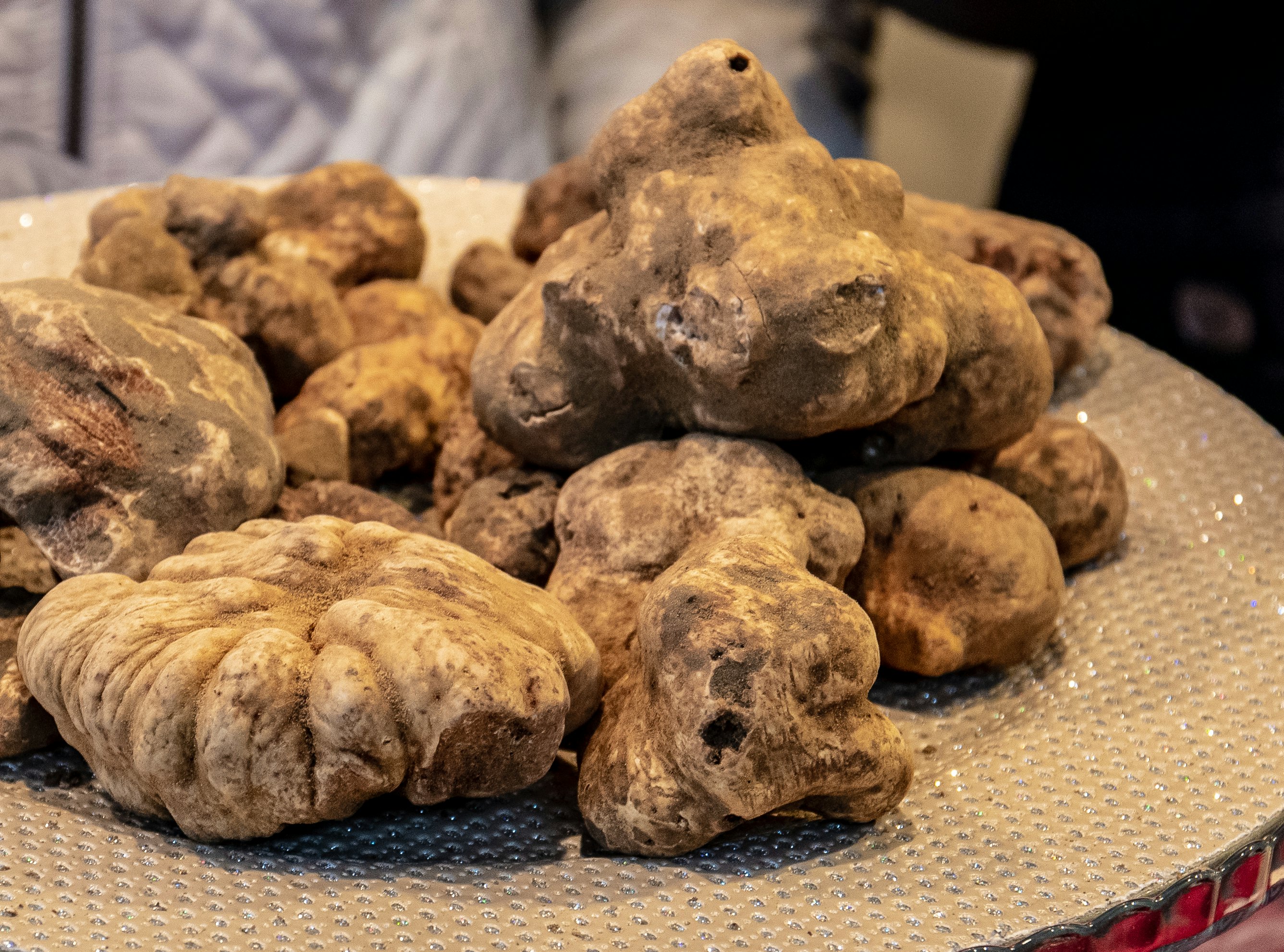
9. Seek out truffles in San Miniato
About 40 minutes' east of Pisa, the hill town of San Miniato is famed for its highly prized white truffles. Many people come here between September and December, during the main harvest season, but you can sample this mouthwatering delight in various forms all year long. While white truffles appear in the autumn, different varieties of this precious fungus are found year-round on the calcareous slopes surrounding San Miniato.
Only experienced, certified tartufai (truffle hunters) can search the forests with their dogs – a statue in San Miniato honors Arturo Gallerini, who found the world’s largest truffle here in 1954. If you want to try your luck, Truffle in Tuscany, run by local truffle hunter Massimo Cucchiara, can arrange seasonal truffle hunts for amateurs.
Planning tip: During the last three weekends of November, San Miniato hosts a busy festival celebrating its famous white truffles, which are cooked, smelled, tasted and auctioned. Visitors can join truffle-hunting sessions with local tartufai.
This article was adapted from Lonely Planet’s Italy guidebook, published in April 2025.






